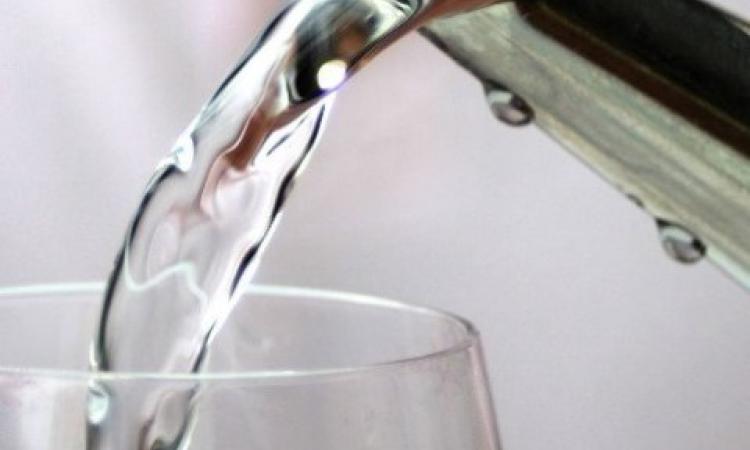
Highly advanced community level drinking water treatment facilities are increasingly being contemplated as good quality water supply solutions in locations where water sources are unreliable, and not available inside or near households. These utilise combined technologies such as advanced filtration plus ultraviolet disinfection or reverse osmosis (RO), which are known to be highly effective for the removal of pathogens and other water contaminants.
The economic and social burden of poor access to water among households in developing countries
The working paper titled 'Do decentralised community treatment plants provide better water? Evidence from Andhra Pradesh' published by the Nicholas Institute for Environmental Policy Solutions and the Duke University Energy Initiative, informs that in many less developed countries, the majority of households obtain drinking water from sources located outside the house. This is especially true in rural areas where extensive and reliable piped water systems are rarely affordable for households and local governments.
Households thus need to bear the burden of considerable costs and time in terms of travel to access and store water for domestic purposes from such sources. A number of health concerns are also known to arise because of these practices, as the water is generally untreated, at risk of contamination from a variety of natural and man made contaminants, and from handling post-collection, even if water at the point of collection can be of high quality.
Community level drinking water treatment facilities as a solution to deal with poor access to water
The paper informs that a number of community level efforts and investments are being made in recent years from both public and private sources to expand access to decentralised and higher quality water sources in countries such as India. However, there is no information available on the advantages of using these community level treatment models in terms of their impact on water quality, health, or other benefits to households that use water from these sources.
The paper discusses the case of one such program, the Safe Water Program (SWP), initiated in 2006 in rural Andhra Pradesh by non-profit institutions, which is one of the several kiosk-based programs that provides drinking water to rural households from small scale treatment plants known as Community Water Systems (CWS). The CWS uses advanced water purification technologies and users purchase water directly from the kiosks, or can have the water delivered to their homes.
Impact of CWS on health outcomes: The study
This paper examines the effects of the SWP on water sourcing, water and hygiene behaviors, and health outcomes, by comparing the changes experienced by communities who used water from the SWP with a control group of communities that did not use water from the SWP.
The study found that:
- The rates of sourcing water from the facilities was very low and there was little evidence of benefits among households living in villages that received water from community water system (CWS).
- There were short term increases in the number of drinking water sources used and monthly expenses on drinking water while a decrease was seen in in-house water treatment, and higher rates of diarrhoeal diseases were reported among children of households that were users of CWS.
- In the longer term, as the CWS model spread throughout the region, most of the differences between households which used water from CWS and those who did not use water from CWS faded away.
CWS plants thus served a small fraction of households and did little to lessen the drinking water quality challenges faced by all the households. The paper ends by arguing that these findings suggest that caution and more scrutiny is needed before concluding that such systems provide safer water to households in communities facing drinking water quality problems.